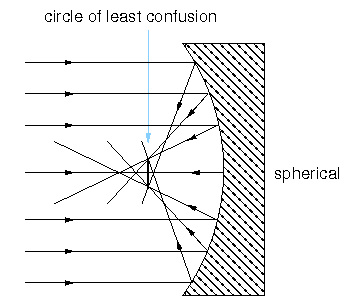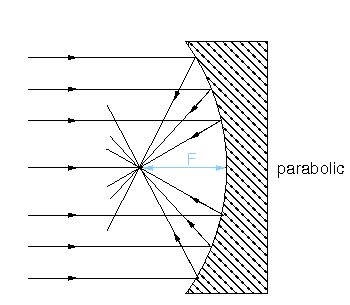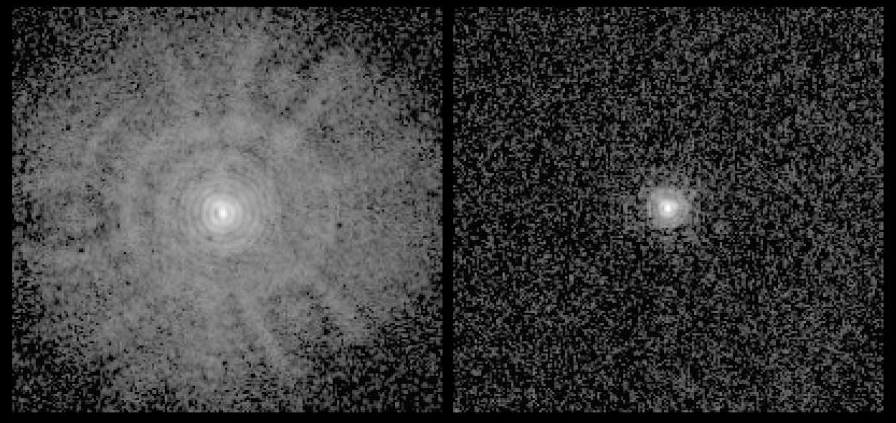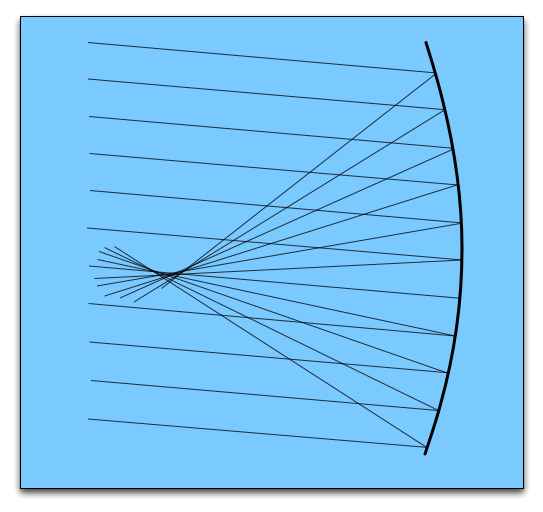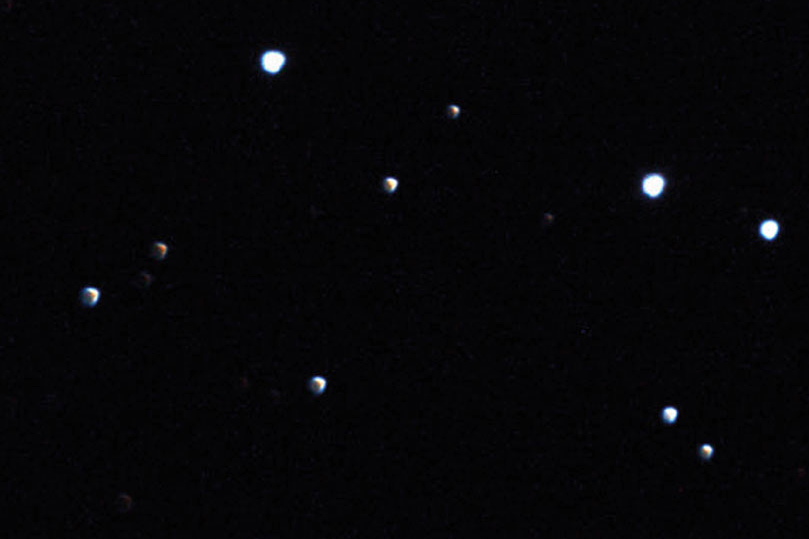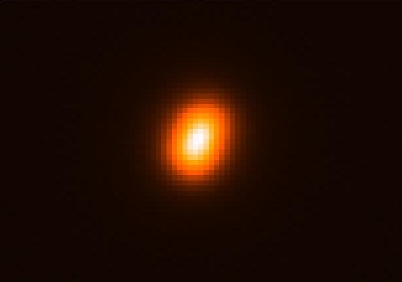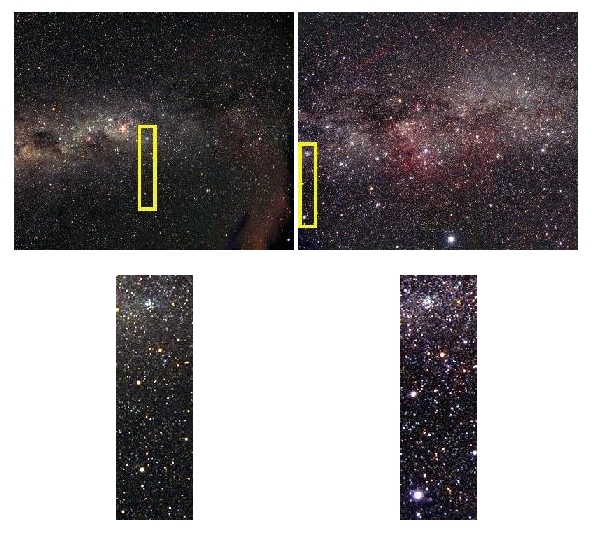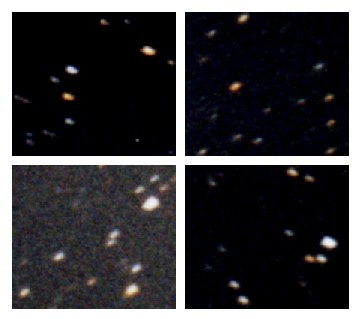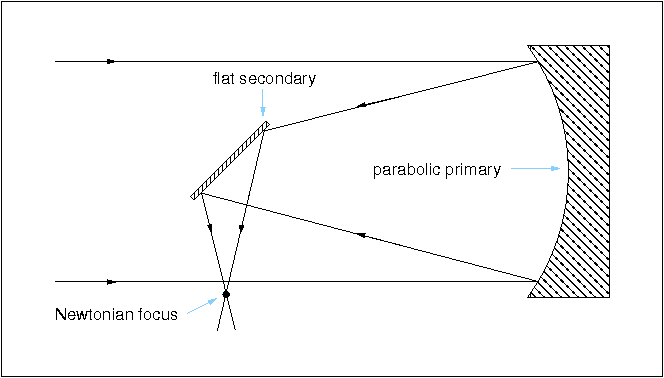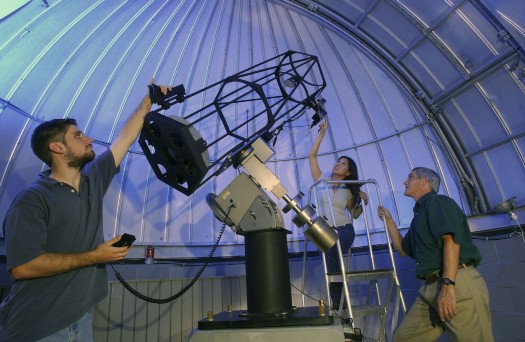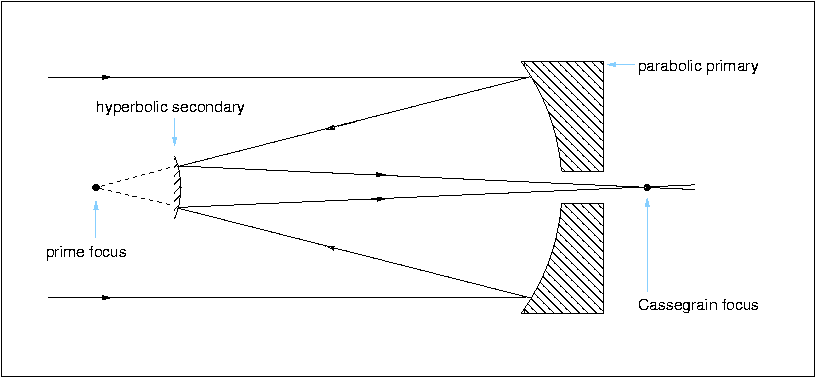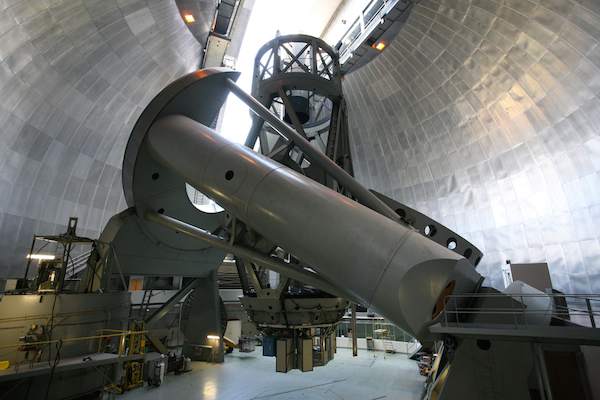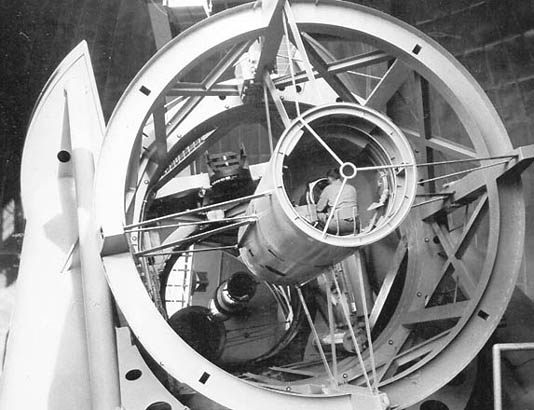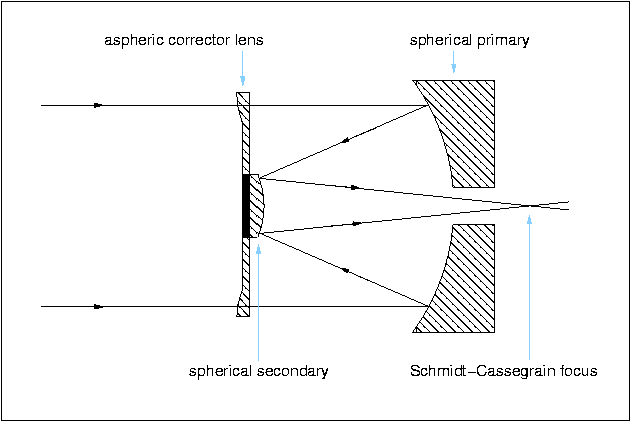Using Mirrors
Chromatic aberration is the most serious aberration that affects any optical telescope. It is, however, easily avoided. Reflecting telescopes use mirrors to collect and focus light. Since these rely on reflection, and not refraction, they are free from chromatic aberration. Mirrors are also simpler than lenses in that they only have a single optical surface. Mirrors are usually made of a rigid, hard (i.e. polishable) material with a low thermal expansion coefficient (such as the glass Pyrex), and coated with a thin layer of aluminium, silver or gold to give high reflectivity. A telescope which uses a mirror to collect and focus light is known as a reflector.
Reflectors, are not aberration free, however. The easiest mirror to make is a spherical mirror. Figure 39 shows that the rays from the edge of a spherical mirror come to a focus nearer the mirror than do rays from the centre of the mirror, causing a point source to be imaged as a blurred disc. This defect is known as spherical aberration.
